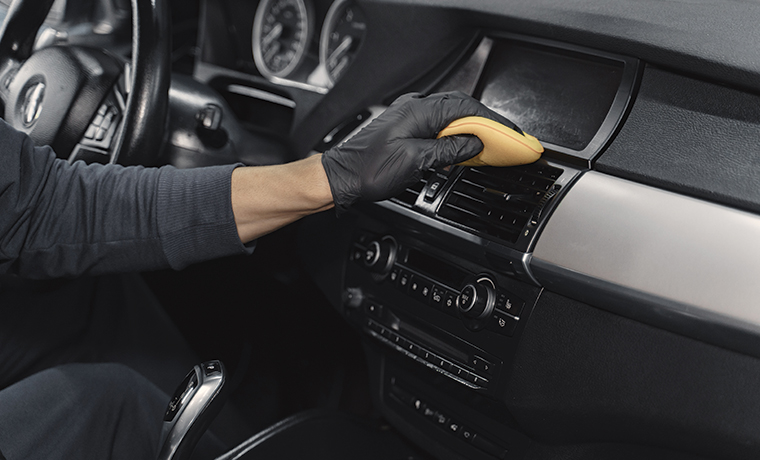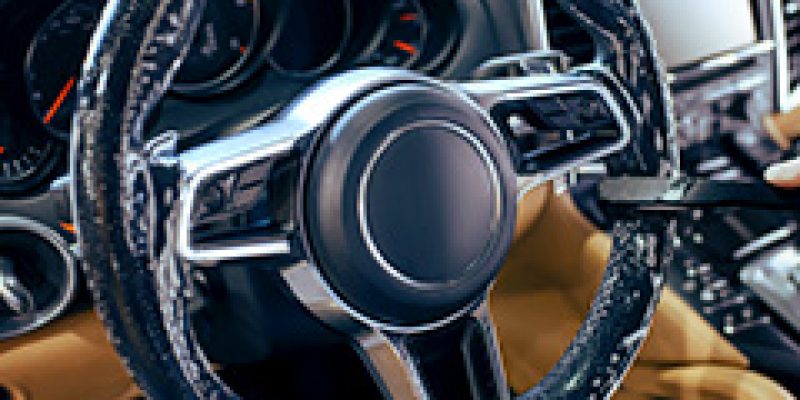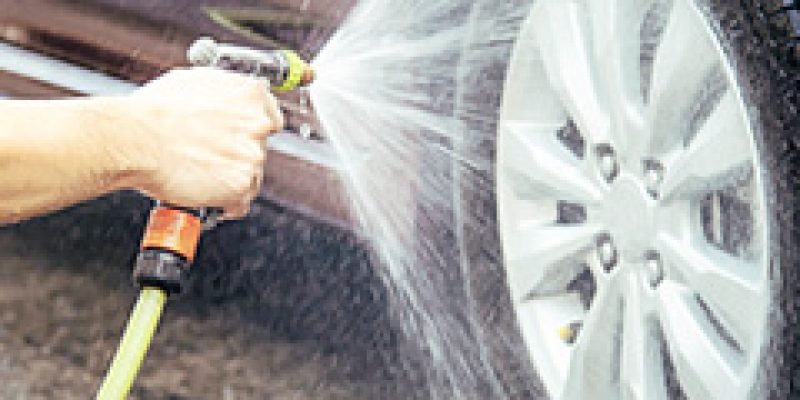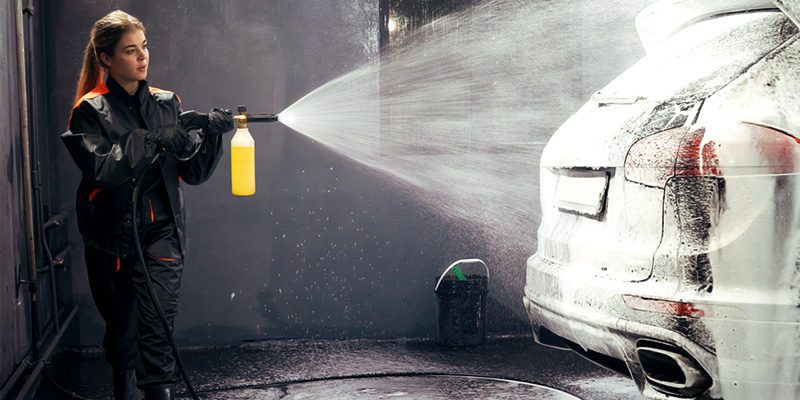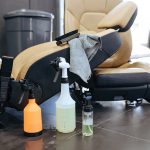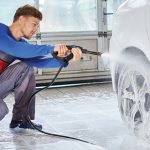Things you didn’t know about car service
car washing began in 1914. People used manpower to push or move the cars through stages of the process. Manual car wash operations peaked at 32 drive-through facilities in the United States. The first semi-automatic car wash in the United States made its debut in 1946. A facility in Detroit, Michigan used automatic pulley systems and manual brushing
Professional Car Wash Services
car washers in Detroit, made his own car wash in 1955 called the Rub-a-Dub in Oregon. In 1957, he formed the Hanna Enterprises and eventually reached about 31 locations. In 1959, Hanna operated his wash rack until he made the first mechanized car washing system. As the news spread throughout the city, so did his business.
Welcome To Car Wash
1960s, Hanna Enterprises established itself as the main manufacturer of car washing types of equipment and materials. This includes the Wrap-Around Brush, Roller-on-demand Conveyor belt, soft cloth friction washing, several ways to wash the tires, and a recirculating water system
OUR SERVICES COMPLETED WHEN THE KEY IS HANDED OVER
Car Wash suitable for any type of small businesses related to automobiles – gas stations and garages motels, repair of tires and wheels, repairs of brakes and other parts of cars, car rental, auto glass repair, car diagnostics, private car services, etc.
Facility provided
A simple and automated type of car wash that is typically coin-operated or token-operated self-service system. Newer self-service car washes offer the ability to pay with credit cards or loyalty cards. The vehicle is parked inside a large covered bay that is equipped with a trigger gun and wand (a high-pressure sprayer) and a scrub foam-brush. When customers insert coins or tokens into the controller, they can choose options such as soap, tire cleaner, wax or clear water rinse, all dispensed from the sprayer, or scrub the vehicle with the foam brush. The number of coins or tokens inserted determines the amount of time customers have to operate the equipment; in most instances, a minimum number of coins is necessary to start the equipment. These facilities are often equipped with separate vacuum stations that allow customers to clean the upholstery and rugs inside their cars. Some self-service car washes offer hand-held dryers, a somewhat new feature.
The first conveyorized automatic car wash appeared in Hollywood, CA in 1940.[8] Conveyorized automatic car washes consist of tunnel-like buildings into which customers (or attendants) drive.
Vehicle Serviced
Happy Clients


car washes have their customers pay through a computerized POS, or point of sale unit, also known as an “automatic cashier”, which may take the place of a human cashier. The mechanism inputs the wash PLU into a master computer or a tunnel controller automatically. When the sale is automated, after paying the car is put into a line-up called the stack or queue. The stack moves sequentially, so the wash knows what each car purchased. After pulling up to the tunnel entrance, an attendant usually guides the customer onto the conveyor. At some washes, the system will send the correct number of rollers automatically, based on tire sensors. The tire sensor lets the wash know where the wheels are and how far apart they are. On other systems the employee may guide the customer on and press a ‘Send Car’ button on the tunnel controller, to manually send the rollers which push the car through.
“full-service” car washes, the exterior of the car is washed mechanically or by hand, or using a combination of both, with attendants available to dry the car manually and to clean the interior. Many full-service car washes also provide “detailing” services, which may include polishing and waxing the car’s exterior by hand or machine, shampooing, and steaming interiors as well as other services to provide thorough cleaning and protection to the car.

